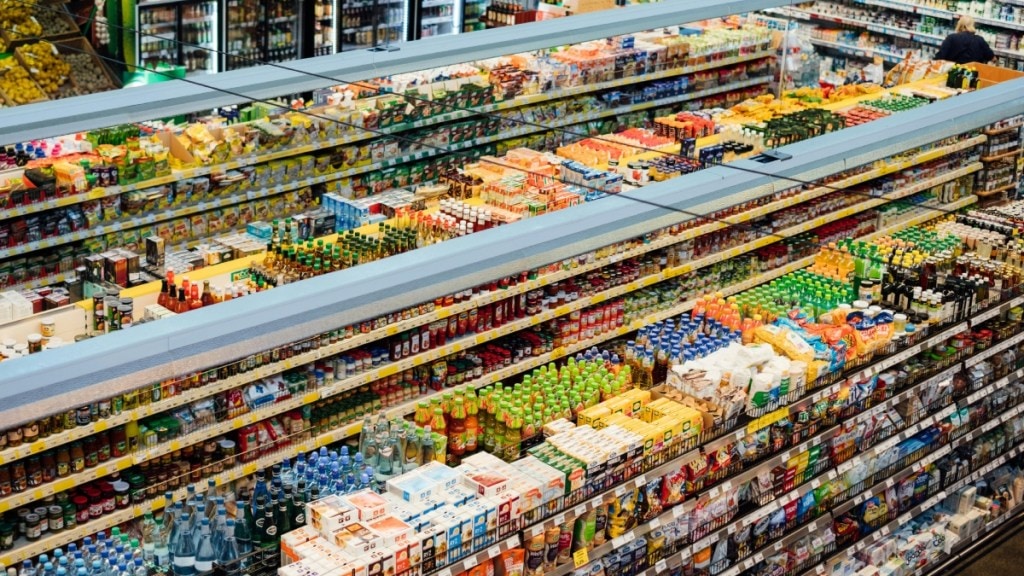Urban and rural areas are showing contrasting trends within the Rs 5-lakh-crore domestic fast-moving consumer goods (FMCG) market. While small and local brands have driven growth in urban areas in FY25, big players are getting bigger in rural areas.
Data from research firm Kantar shows that small, local brands have seen an 8.4% growth in urban areas in the period under review, while large, listed brands have grown by 5.1% in rural areas. Meanwhile, small brands have grown by just 2.3% in rural areas, and large, listed players have seen a growth of just 2.1% in urban areas in FY25.
“This is not happening in a vacuum,” Kantar says. “The listed manufacturers, whose brands are often highly penetrated, have developed a strong rural strategy, consumer loyalty and distribution network. Therefore, the rural shopper, who is generally becoming more aspirational, is gravitating towards these brands. This accentuates during tough times.”
At an all-India level, FMCG growth stood at 4.2% in FY25, down from 6.6% in FY24, according to Kantar. Urban India grew at 4.4% in FY25 compared to 7.6% in FY24, while rural growth slowed to 4% from 5.8% in the previous year. Kantar tracks household consumption of both branded and unbranded products across food, home, and personal care categories.
For the March 2025 quarter, research agency Kantar reported that FMCG growth had declined to a two-year low of 3.5%, compared to 5.5% in the same period last year. While rural sales volumes rose by 2.7% — a marked slowdown from 6.3% a year ago—urban demand remained largely stable at 4.4%, unchanged from the previous year.
In urban areas, FMCG companies and analysts note that inflationary pressures, sluggish wage growth, and rising housing costs have dented consumer demand, prompting downtrading. Smaller brands have gained from this trend, said Britannia’s vice-chairman, MD, and CEO Varun Berry in a recent analysts’ call. He, however, added that the FMCG recovery is expected to be gradual rather than a sharp ‘hockey stick’ rebound, as consumers are likely to remain cautious during the transition.
Kantar says that the June quarter is likely to be one of “status quo”, where trends seen in the March quarter are expected to continue. But the scenario is likely to change in the second half of the ongoing financial year (FY26) as benign commodity prices, a forecast of above-normal rains, and likely good harvests drive rural growth.
Urban demand, on the other hand, is expected to revive on the back of the fiscal stimulus measures as well as the recent rate cuts announced by the central bank. Kantar says that while average FMCG shopping trips have stabilised at 156 in FY25 versus FY24, pack sizes across categories have grown by around 15-16 grams, and the number of packs bought has increased by 26 in FY25 versus the year-ago period.
These trends are likely to get better in the months ahead as confidence grows and macro-economic factors turn favourable for consumers in general.


